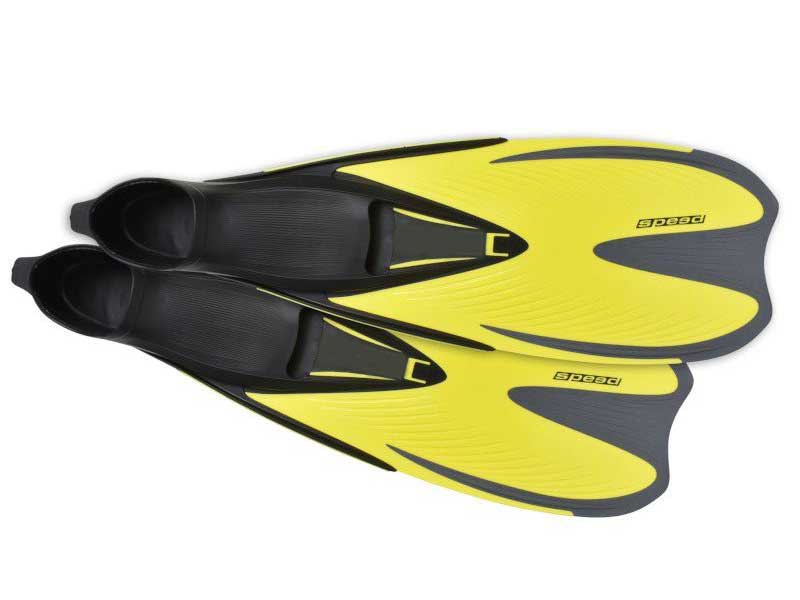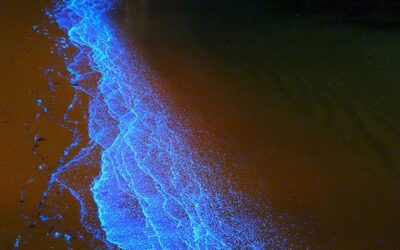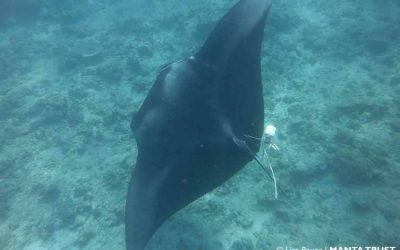Snorkeling equipment: fins

A fin is made up of a foot part and a blade.
Fins are called "shoe" or "adjustable". The former are "closed" and correspond to sizes. Adjustable fins remain open at the heel and have a strap that grips the back of the ankle. They are generally less comfortable and offer lower performance.

Today's footwear is often of varying thicknesses or made of rubber of different hardnesses: the hardest to transmit force (underside of foot, side rails, upper end above toes), the softest for comfort (instep and ankle).
The footbed must be soft and comfortable, yet snug and rigid enough to transmit the force from your foot to the canopy.


The junction between the foot part and the blade must be as wide as possible, to ensure efficient transfer of the force of the stroke.
The blade is the mechanical element that restores the force stored by the fin and transforms it into a propulsive wave.
The blade must be elastic, flexible and rigid at the same time. Like a leaf spring. If it's too elastic or too flexible, it won't be very effective. If it's too rigid, it'll cramp more easily and won't allow for satisfactory finning.
The presence of spars on the side of the fin channels the flow of water and prevents propulsive energy from being dispersed.
Longitudinal ribs or channels on the fins serve the same purpose, preventing the fin from slipping sideways. Finally, some fins feature flexible rubber channels. The aim is the same: to channel the flow of water caused by finning and direct it backwards to promote propulsion.
Some fins, known as "openwork", have a hole to facilitate penetration into the water, for less effort. They are designed for beginners and those with little training. They make it easier to learn, without the risk of fatigue, pain or cramps.

The shoe and blade assembly must be rigid enough to hold together.
There is no such thing as the ideal fin. It all depends on your stature, strength, physical condition and intended use.

When slipped into the flipper, your foot should be held in place, not squeezed. Depending on the thickness of the liner, choose one or two sizes larger than your own.
Fins are a little outdated, but so effective. These are rubber straps that hold the foot in the fin: in front of and behind the ankle, and under the foot. No risk of slipping off and a better hold for the foot in the fin.
More articles
Incredible bioluminescent waves
Bioluminescent waves are a natural phenomenon. They have been observed on the island of Mudhdhoo in Baa atoll.
A manta saved
Lisa saves a manta in North Male Atoll during a dive at Rasfari...
Flights of mobula rays
Want to stand out from the crowd and attract the partner of your dreams?
Do as the mobula rays do!
Guillaume Néry Runnin' (Lose It All)
Congratulations to Guillaume Néry for his performance in the new video by Naughty Boy , Beyoncé and Arrow Benjamin.



